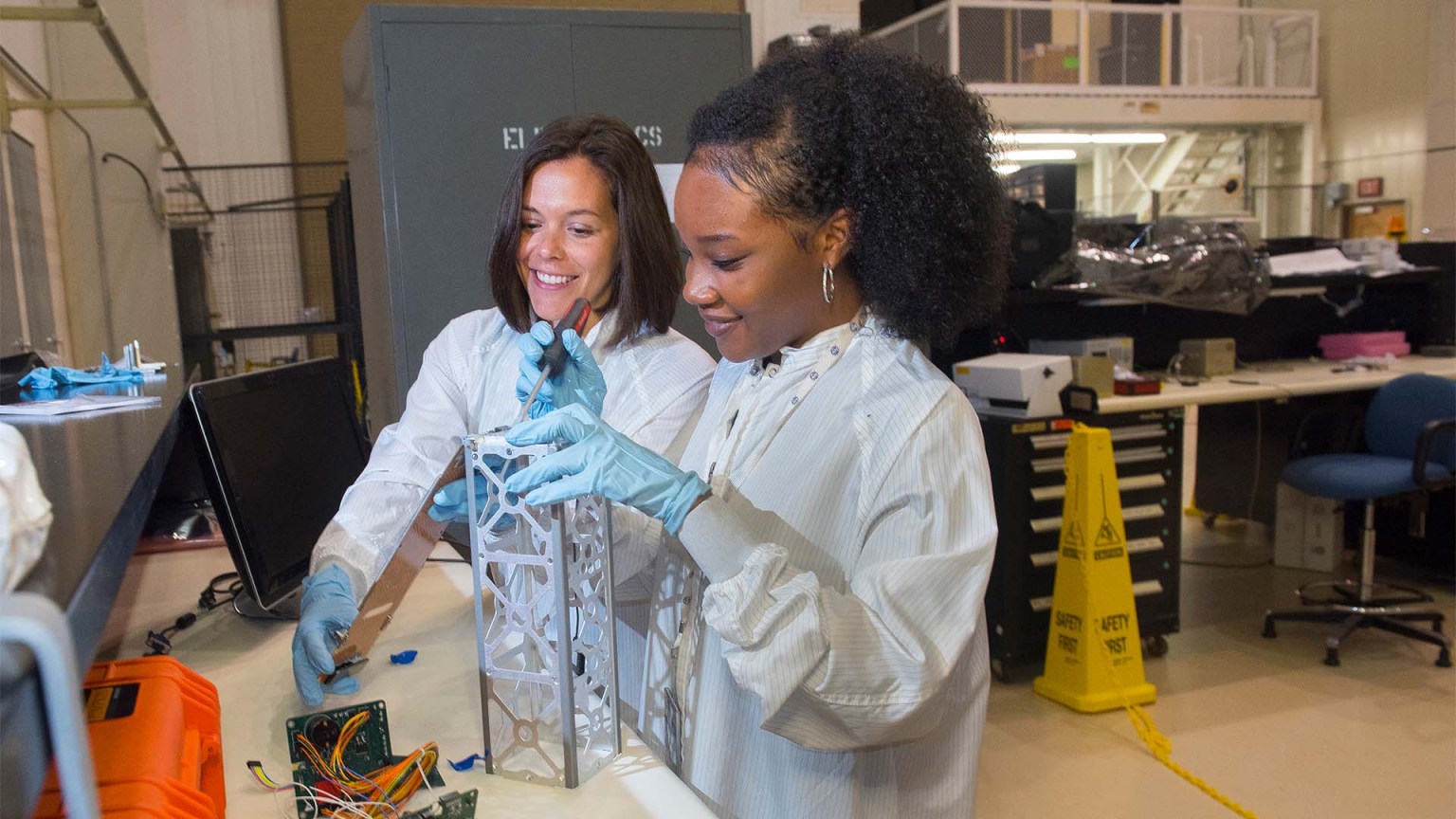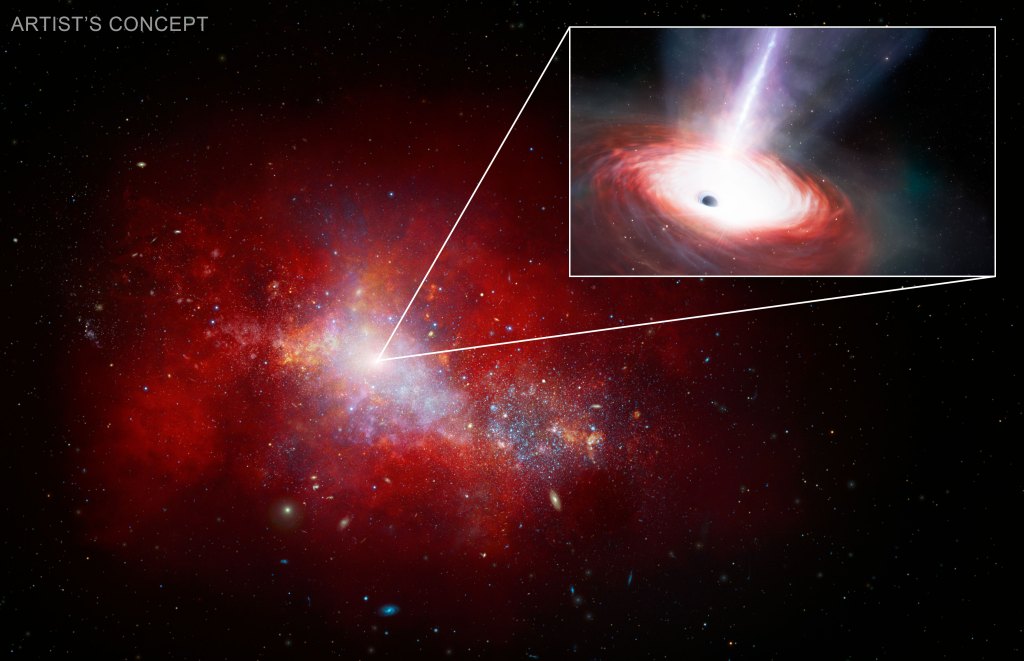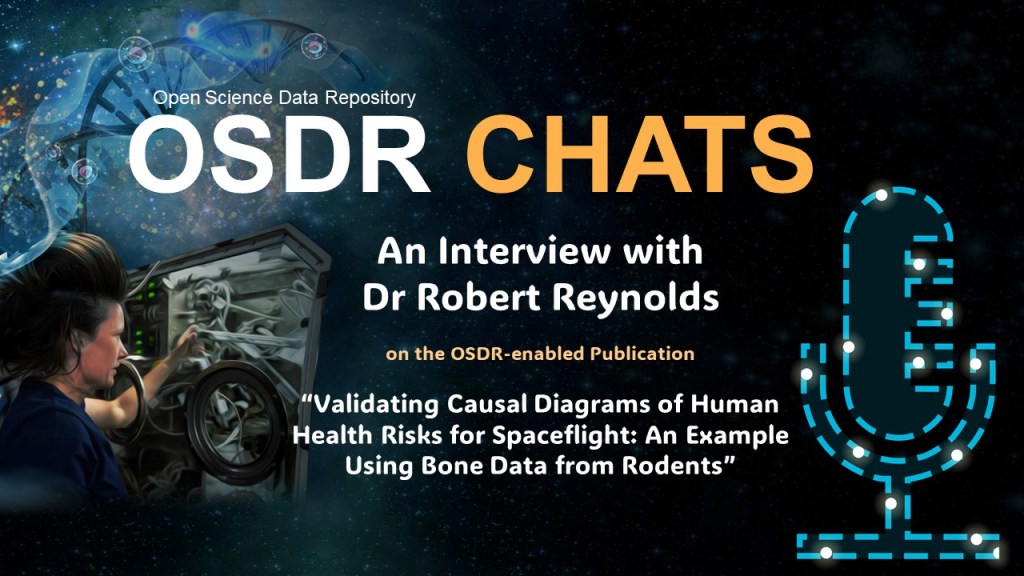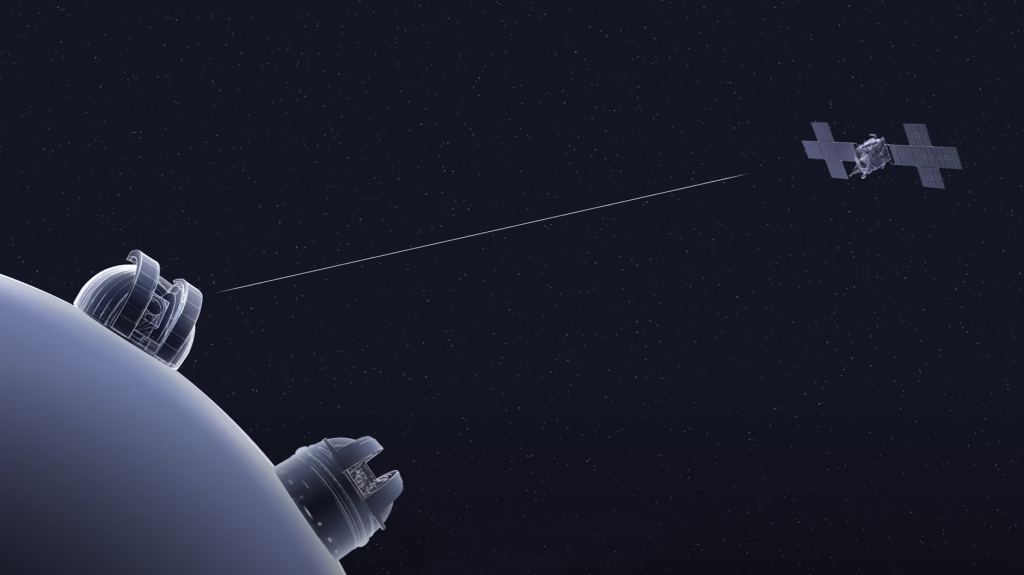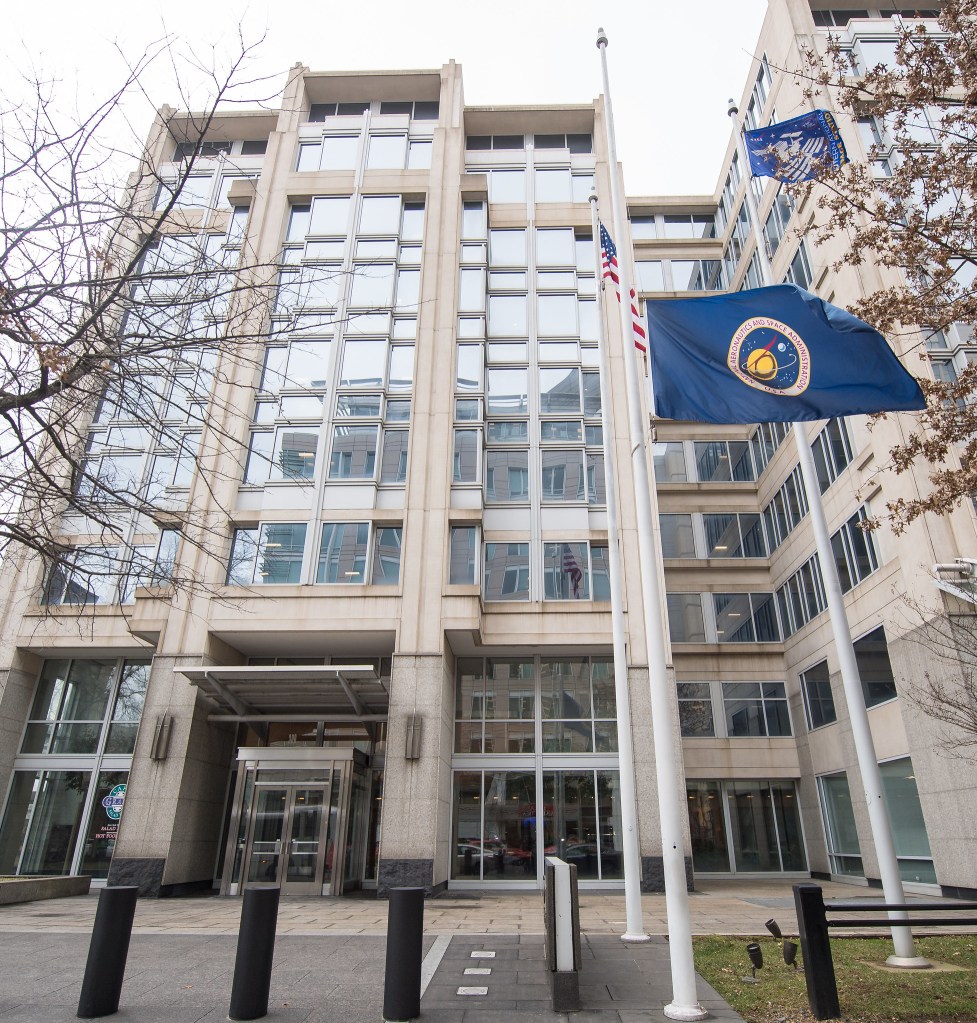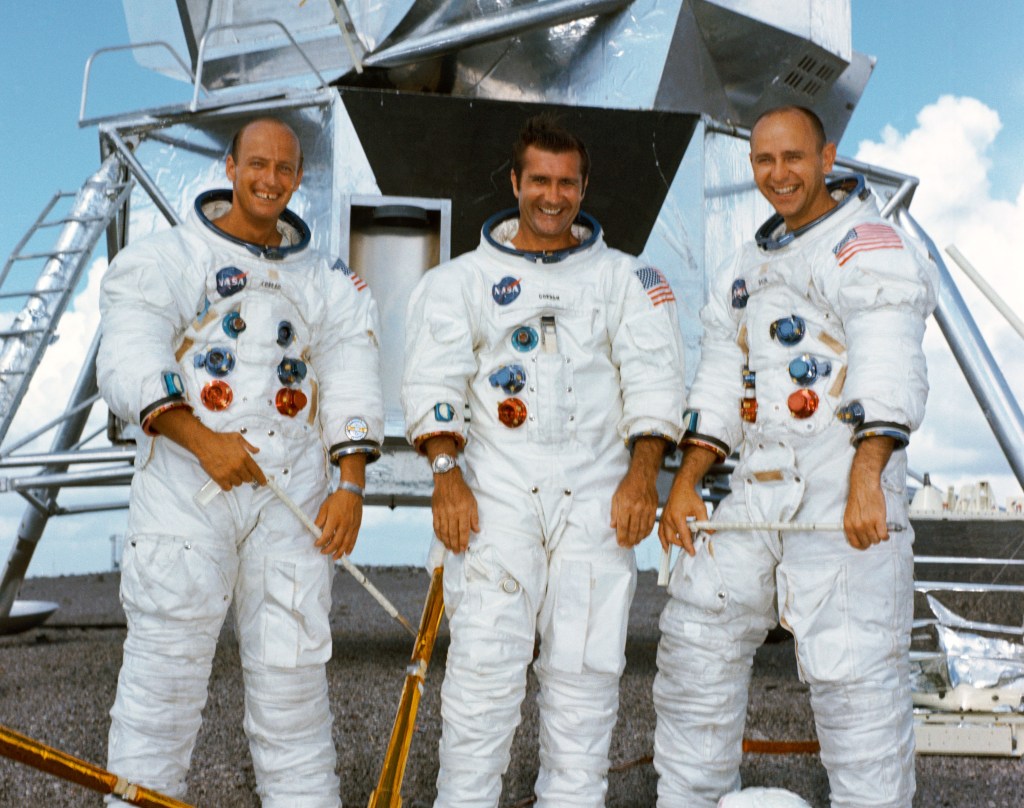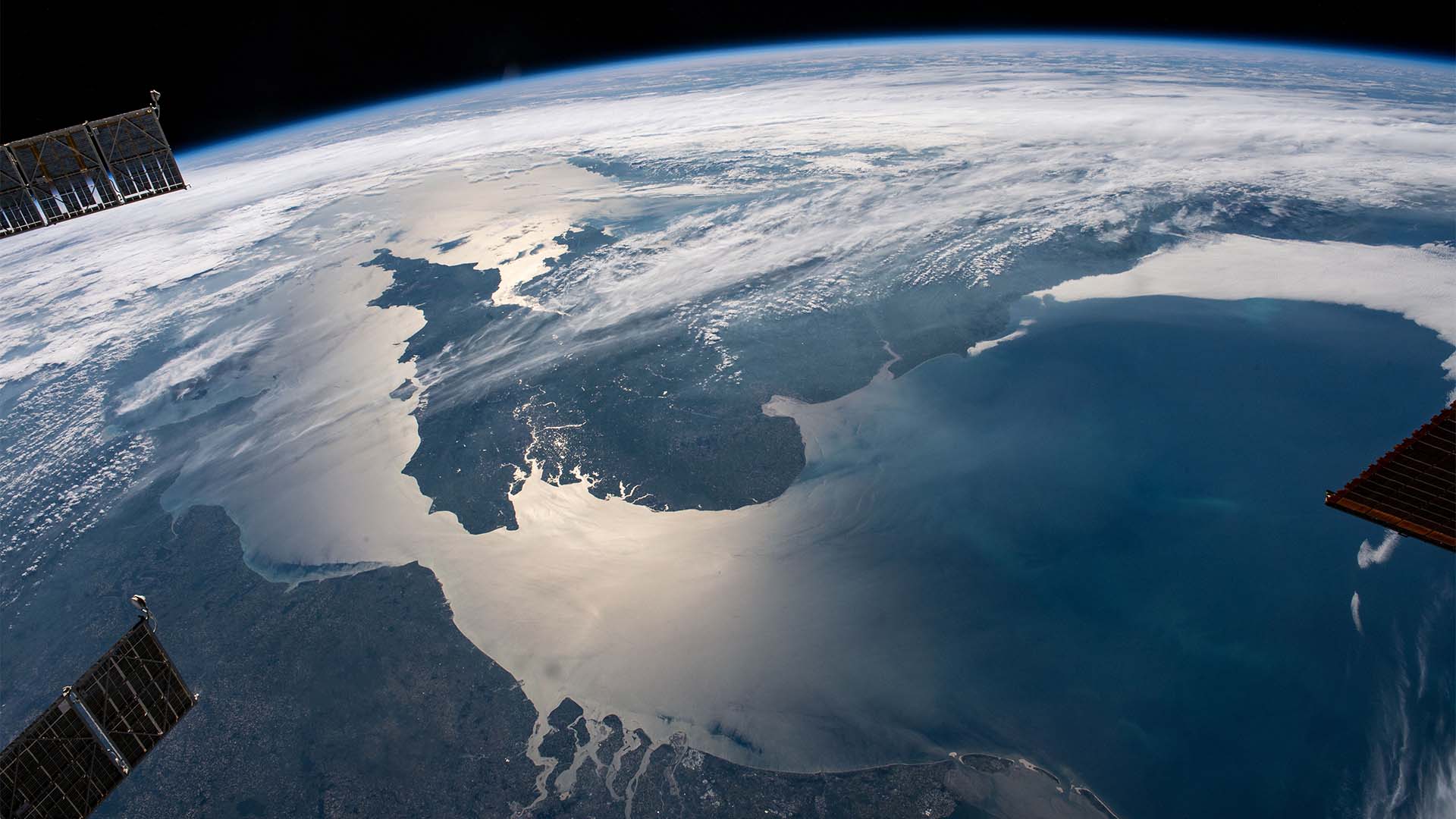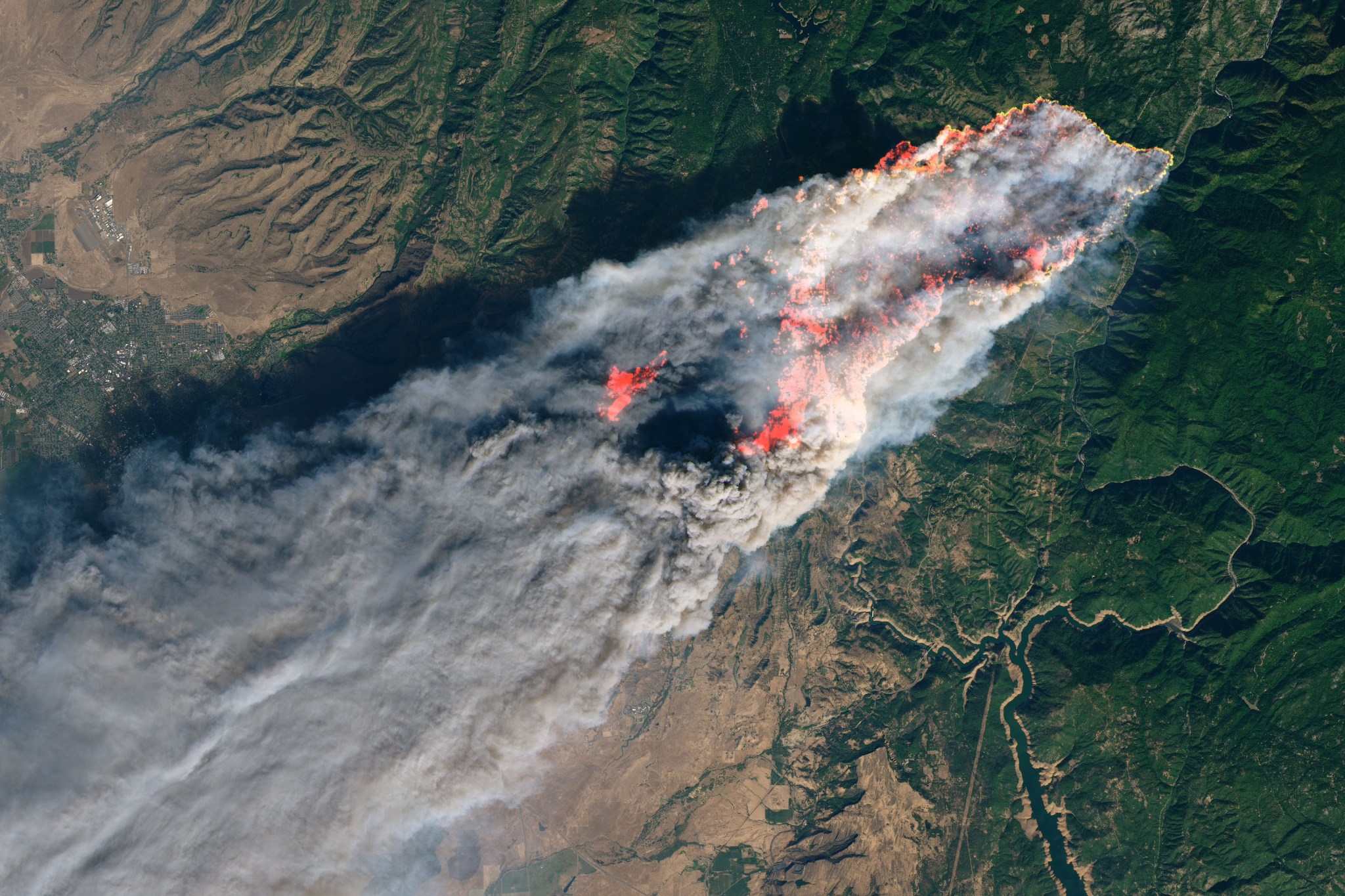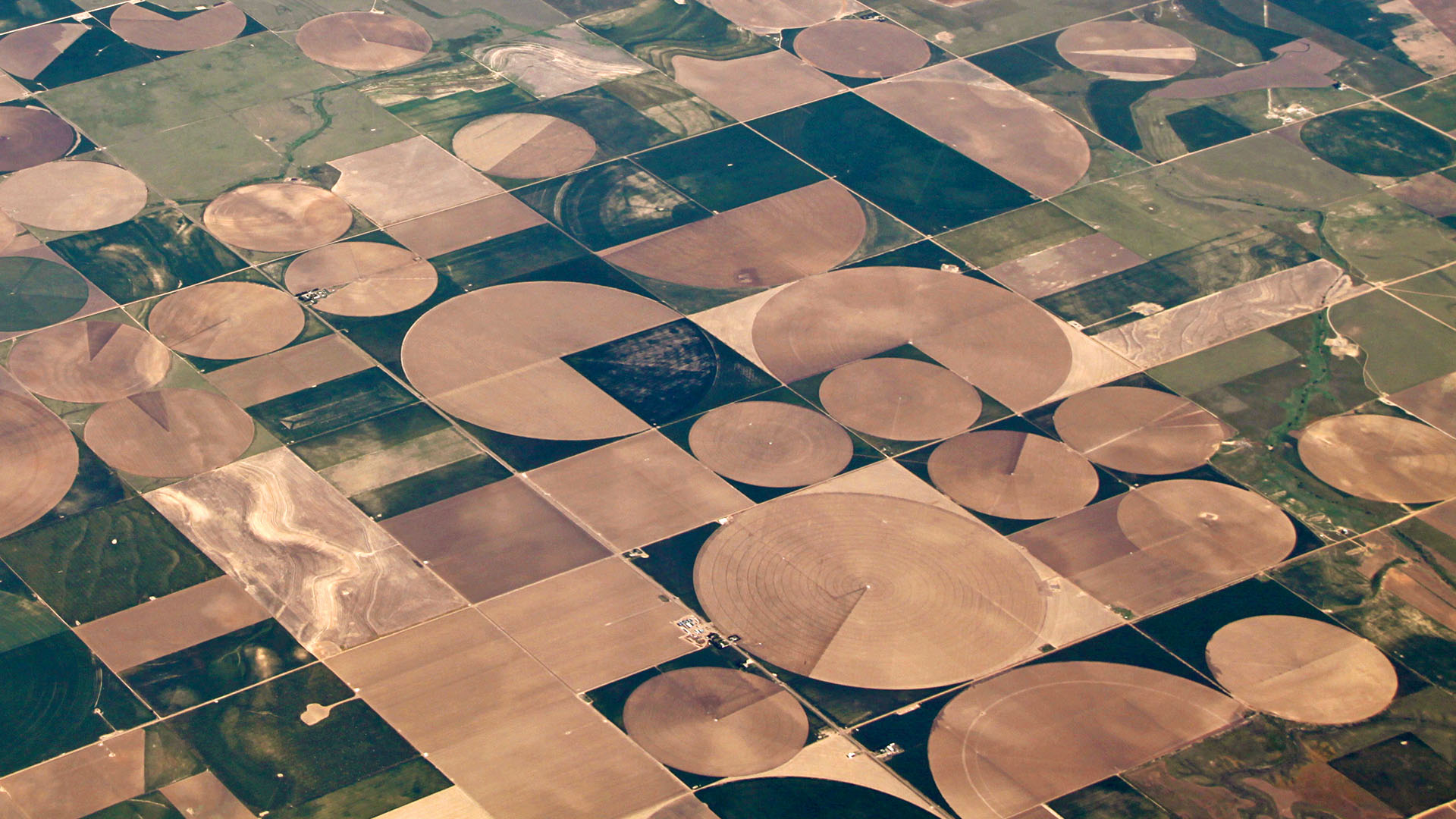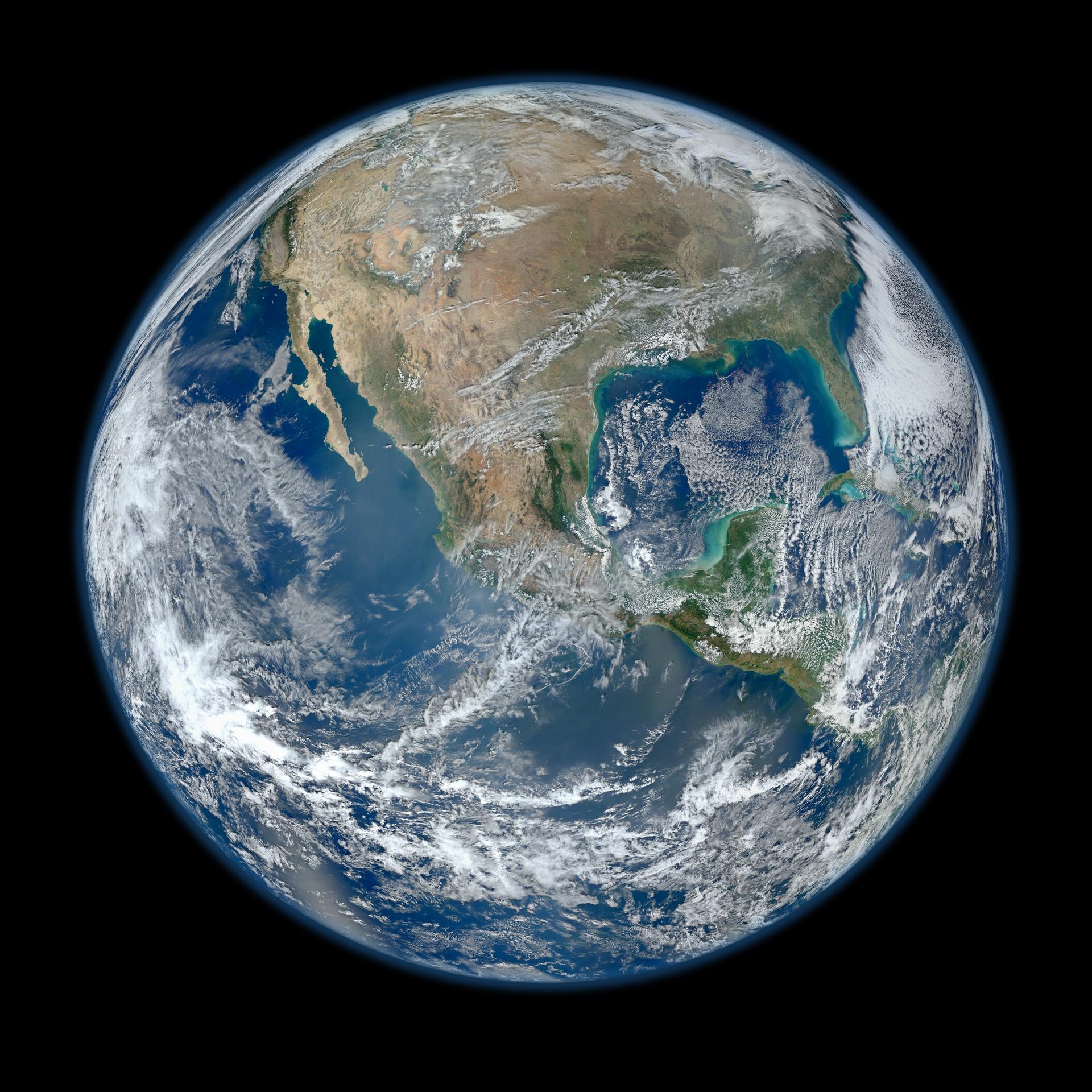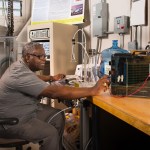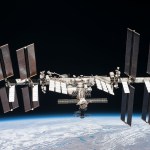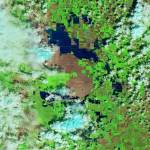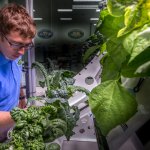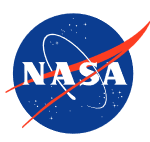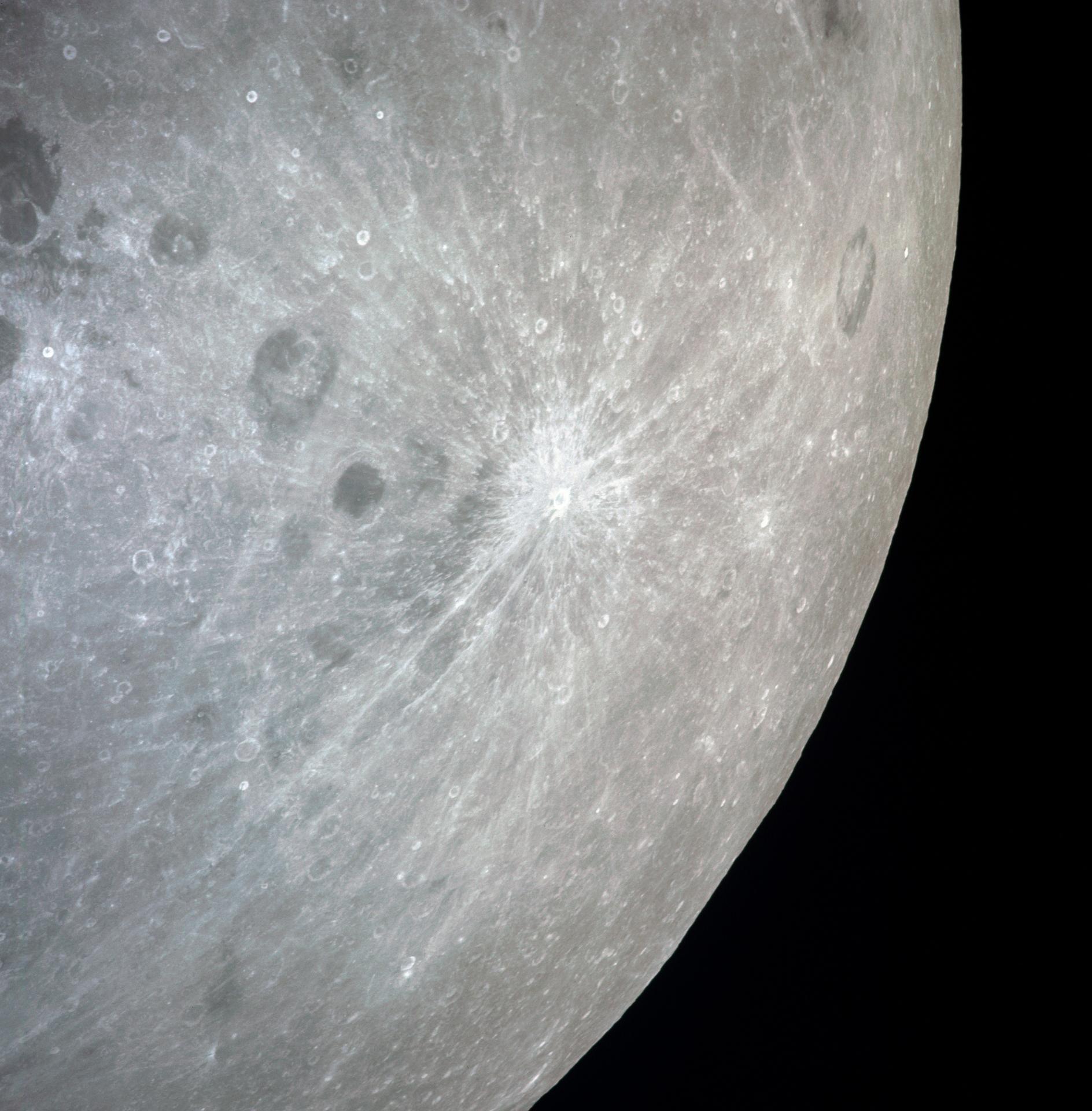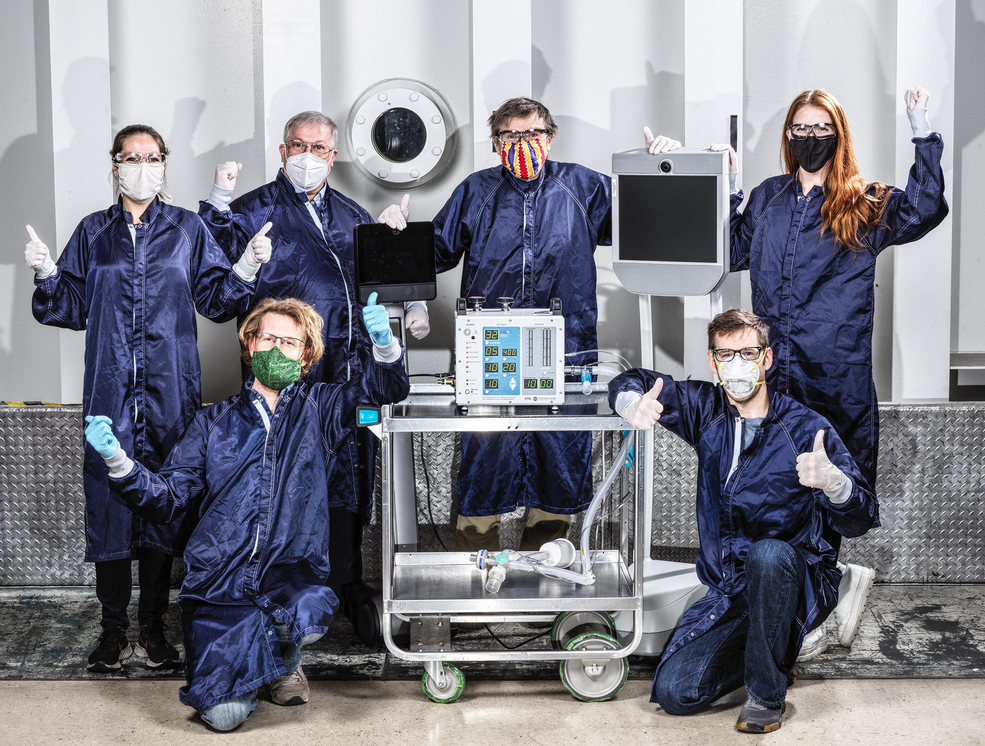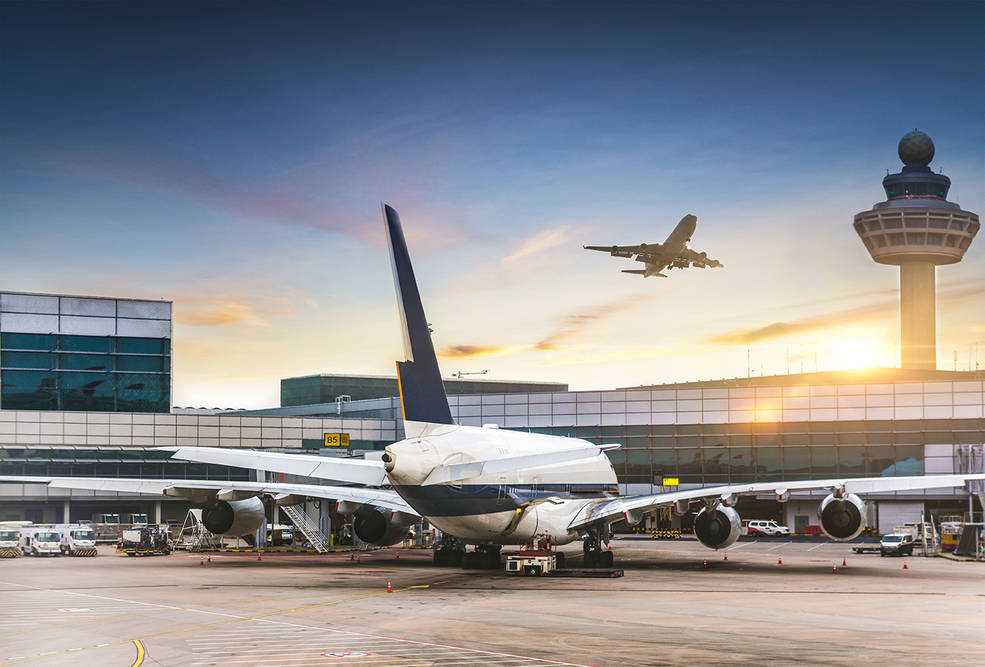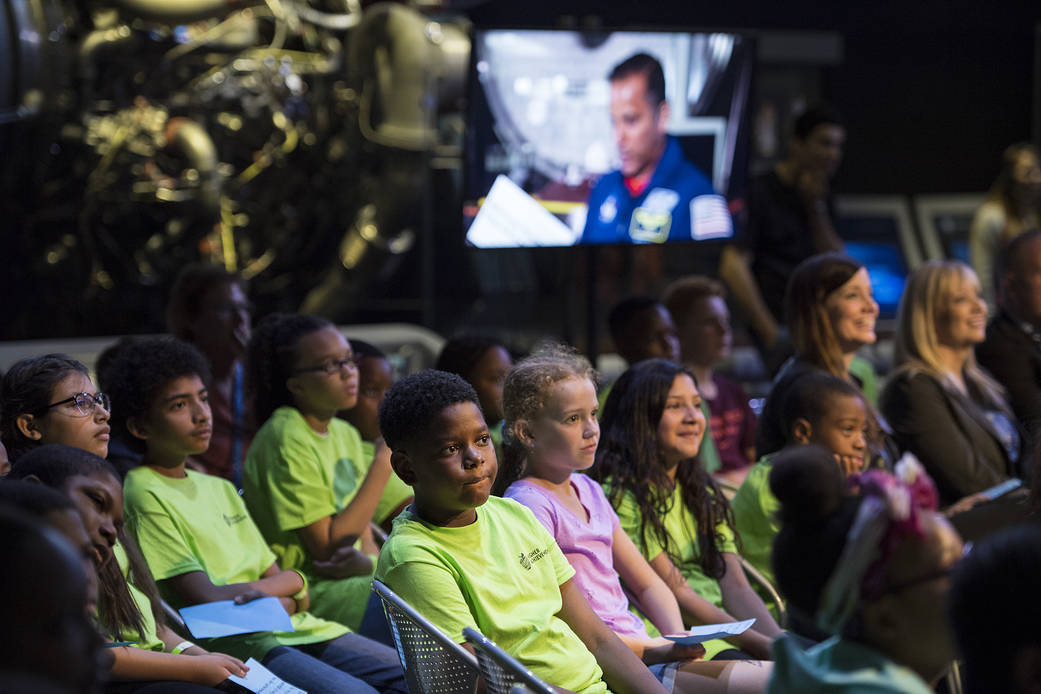For less than half a penny of every tax dollar
NASA RETURNS EXCEPTIONAL VALUE
NASA’s unique mission provides benefits in big and small ways. Dollars spent for space exploration create jobs, jumpstart businesses, and grow the economy. Our innovations improve daily life, advance medical research, support disaster response, and more. We’re constantly evolving and finding new ways to add value.
NASA’s economic impact is nationwide, extending to all 50 states and the District of Columbia.
NASA Strengthens the Economy
Each state plays a role in space exploration and discovery, including the Artemis program to land the first woman and first person of color on the Moon. The impact of NASA spending is spread across all 50 states and the District of Columbia.
We released the third agencywide economic impact report in 2024, using data from the 2023 fiscal year. The report estimates that during that period NASA generated more than $75 billion in total economic output; supported nearly 304,803 jobs nationwide; and resulted in an estimated $9.5 billion in federal, state, and local tax revenues
Read the Economic Impact Report about NASA Strengthens the Economy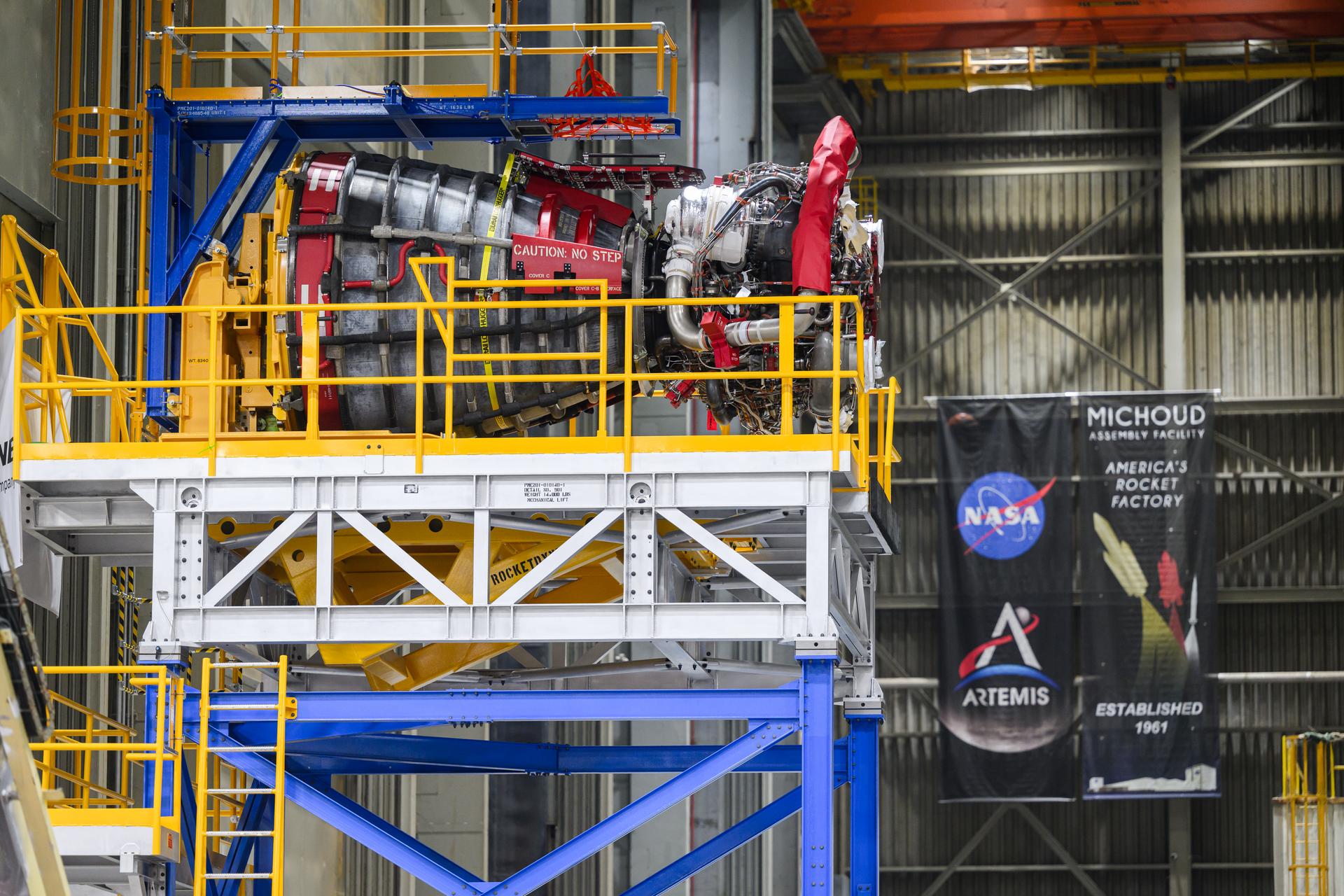
NASA Improves Life
NASA ensures inventions for space find practical uses closer to home.
The International Space Station has led to many spinoffs and facilitated numerous technological and scientific advancements. Research in space helps improve health on Earth, from understanding bone loss to developing vaccines to improving eye surgery.
Using the space station and NASA satellites, we study Earth from space. NASA data helps predict the weather, monitor natural disasters like hurricanes and wildfires, and study long-term climate trends.
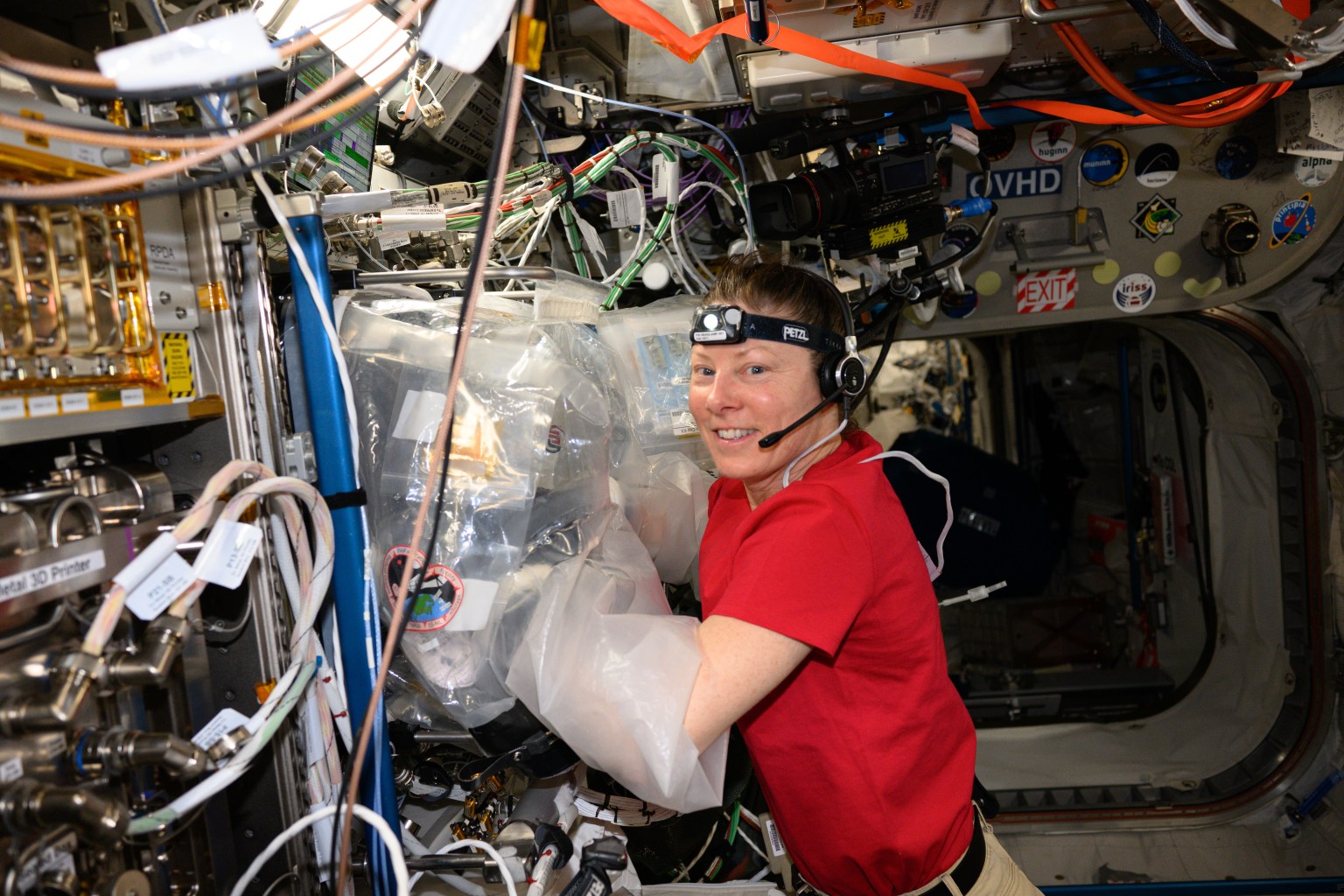
NASA Fosters American Innovation
We invest in cutting-edge technologies to help maintain America’s competitive advantage.
We invest in cutting-edge technologies to help maintain America’s competitive advantage. Advancements in flight thanks to NASA include commercial supersonic air travel, electric-powered flight, and improvements to air mobility.
NASA funding helps small businesses research new ideas and develop innovative aeronautics, human exploration, science, and space technology solutions. Our partnerships fuel growth in industries that will define the future, such as artificial intelligence and advanced manufacturing.
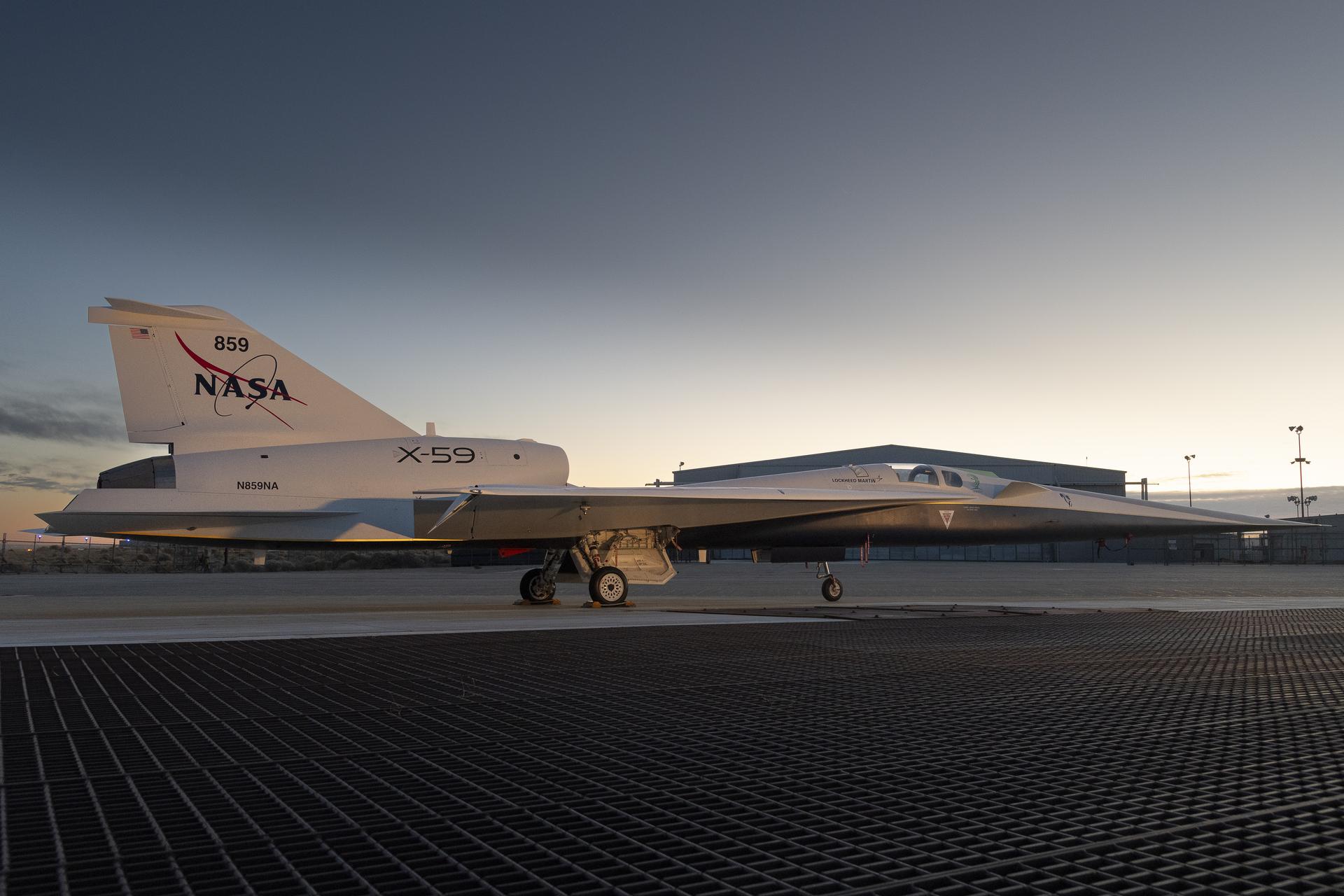
NASA Builds Bridges
More nations are active in space than ever before, and international partnerships are key to humanity’s continued achievements in space.
For more than 25 years, humans have continuously lived and worked 250 miles above Earth aboard the space station. It is the largest peacetime, multinational effort in history, representing 15 nations, five space agencies, and 279 people from 22 countries have visited the station.
As NASA returns to the Moon with our partners, the Artemis Accords serve as a set of guiding principles for international cooperation in the next phase of human space exploration.
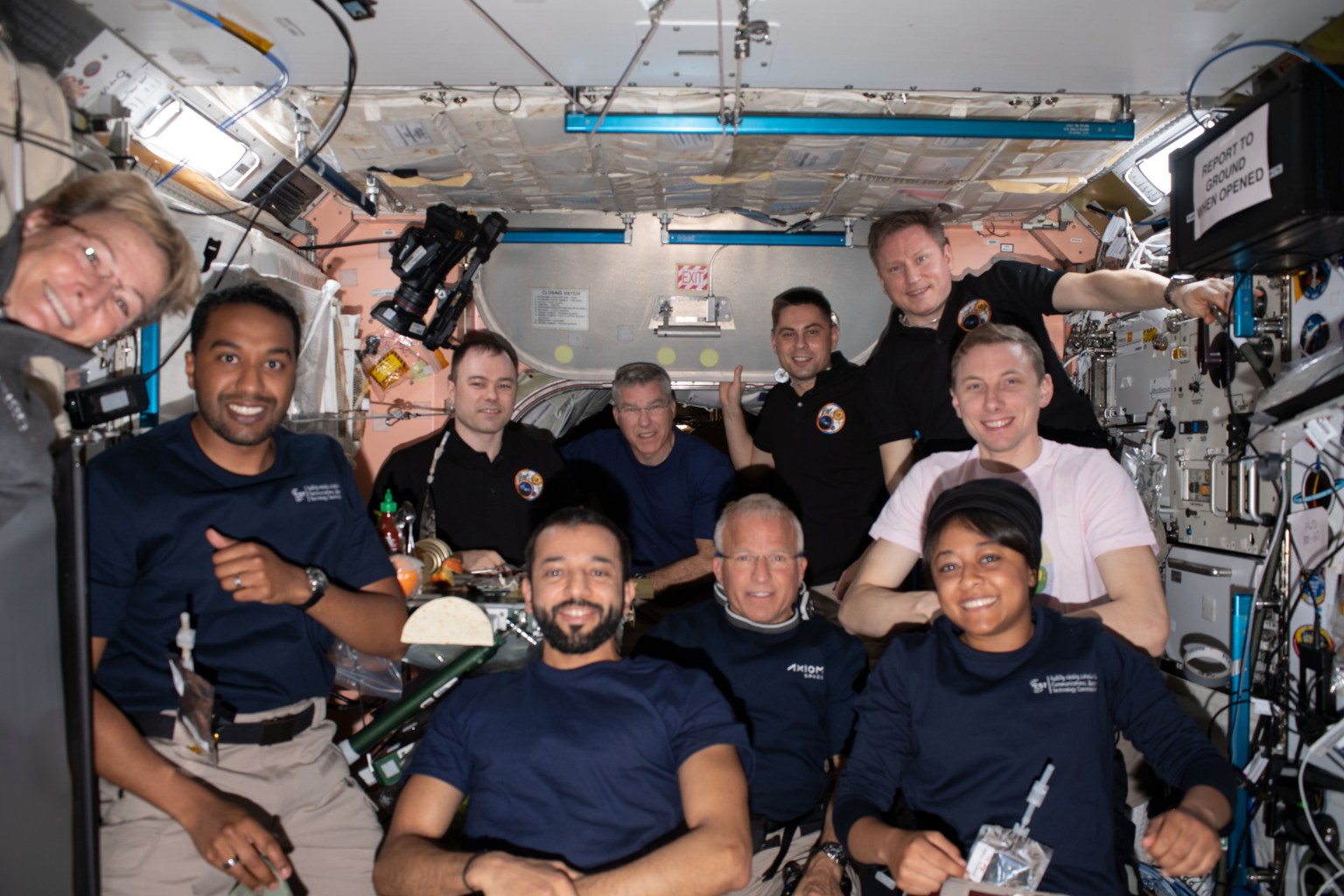
NASA Inspires
NASA missions capture people's attention around the world and inspire future generations to explore, learn, and build a better future.
NASA engages with students and educators to make STEM approachable and excite interest in technical careers. NASA internships offer meaningful, hands-on projects to enhance the skill, diversity, and size of the future STEM workforce.
Learn More about NASA Inspires